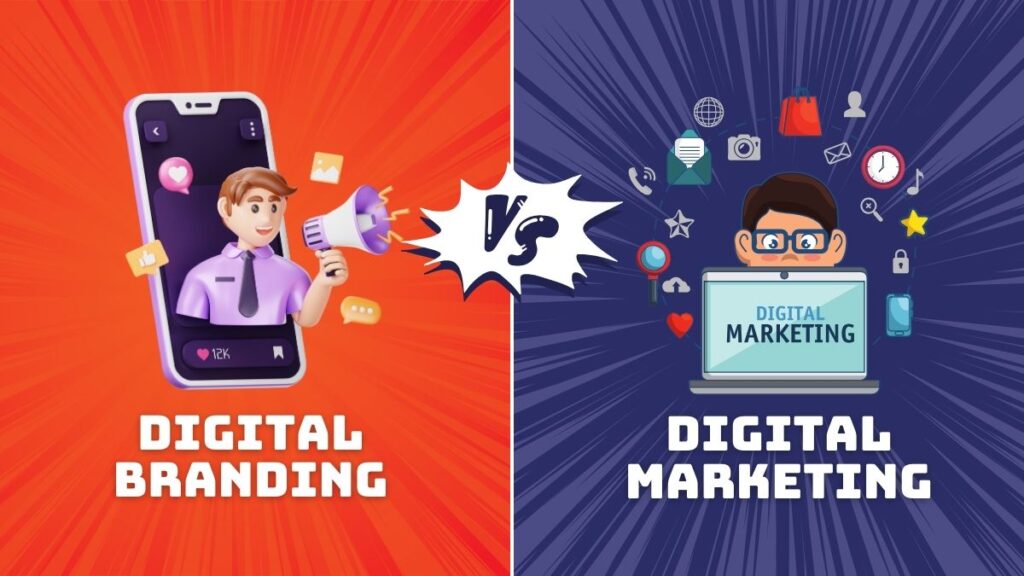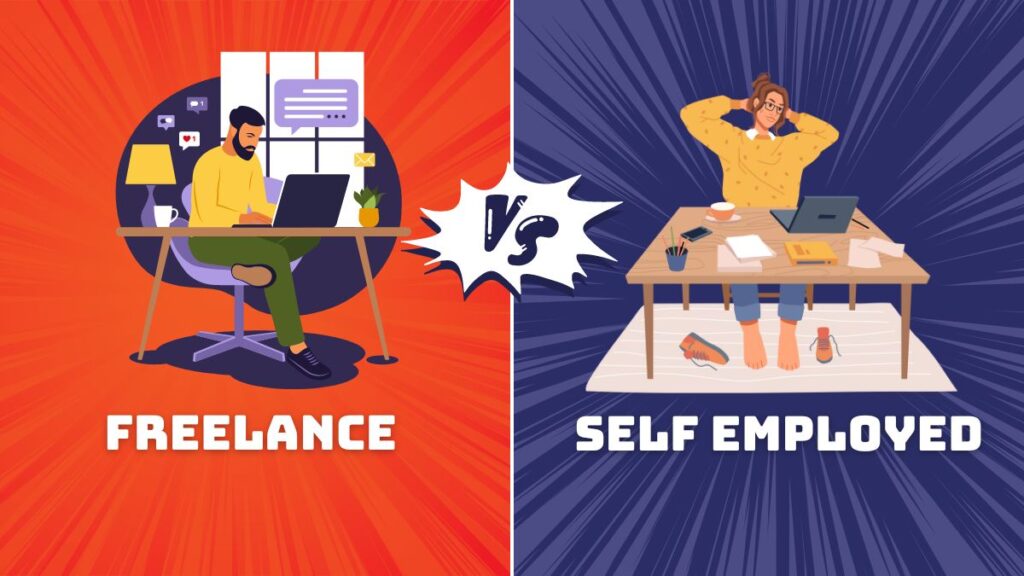In a world driven by screens, swipes, and searches, digital marketing is no longer a mere option it’s a necessity. And the question on everyone’s mind is: Will digital marketing continue to grow? All signs point to a booming “yes.”
As we navigate through 2025, global digital ad spending is expected to surpass $700 billion, up from $602 billion in 2023, according to Statista. India, with over 900 million internet users, is one of the fastest-growing digital economies.
In fact, over 70% of Indian businesses are now allocating a significant portion of their marketing budget to digital strategies.
With new technologies, changing algorithms, and consumer expectations evolving daily, digital marketing is not only growing it’s transforming. From AI-powered campaigns and immersive experiences to user-driven content and privacy-first personalization, let’s explore the factors fueling this unstoppable growth.
The AI Revolution: Transforming Digital Marketing
AI is the backbone of modern digital marketing and it’s getting smarter by the minute.
What used to be static ad placements and one-size-fits-all content has now evolved into hyper-personalized, predictive, and responsive campaigns. Brands today are using Artificial Intelligence for everything from customer segmentation to content generation, chatbots, voice search optimization, and even video editing.
Key ways AI is transforming digital marketing:
Predictive Analytics: AI tools can forecast consumer behavior using historical data, allowing marketers to anticipate and prepare campaigns more accurately.
Conversational AI and AEO (Answer Engine Optimization): With tools like ChatGPT and Gemini becoming mainstream search alternatives, optimizing content for conversational responses is the next big frontier.
AI-generated Content: From ad copy to email sequences, generative AI tools are helping marketers scale content creation while maintaining relevance.
Programmatic Advertising: Automated real-time bidding platforms allow companies to optimize ad spending with precision targeting.
One powerful example is Slim Chickens, a fast-growing American restaurant chain that’s using AI for localized, hyper-personalized campaigns, leveraging data from ordering patterns, locations, and connected TV usage to serve highly relevant content in real time.
Immersive Experiences: The New Frontier
The days of passive content consumption are numbered. In 2025, consumers crave experiences, not just promotions.
Enter immersive marketing, an area exploding with potential. Brands are now utilizing Augmented Reality (AR), Virtual Reality (VR), and Mixed Reality (MR) to create engaging, memorable, and even gamified experiences for consumers.
Notable developments
Virtual try-ons for beauty and fashion brands using AR filters.
VR showrooms for automobiles, furniture, and even real estate.
Immersive ads on smart TVs and OTT platforms featuring dynamic product placement.
A compelling example comes from Wise Innovation Studios, a creative firm spearheading campaigns like “AI Virtual Out of Home,” where holograms and digital billboards create real-time, interactive city-wide experiences.
Immersive marketing isn’t just fancy tech, it’s driving click-through rates up by 30–40% in some sectors and turning casual browsers into lifelong brand advocates.
User-Generated Content: Authenticity in the Digital Age
With ad fatigue and distrust in polished brand messaging on the rise, User-Generated Content (UGC) has emerged as a marketing superpower. According to Nielsen, 92% of consumers trust UGC more than traditional advertisements.
Why UGC is thriving
Authenticity: Consumers find peer-generated content more relatable than studio-shot campaigns.
Community Engagement: Brands fostering user participation enjoy stronger brand loyalty.
Cost Efficiency: Encouraging users to create content organically reduces production costs.
Platform-Native Appeal: UGC feels more natural on platforms like Instagram, YouTube, and Reddit.
Take the example of Nykaa, India’s leading beauty e-commerce platform. Their UGC-driven campaign “#NykaaReviewCrew” not only amplified brand trust but also increased app downloads by 18% in a quarter.
Influencers and customers alike contributed tutorials, reviews, and hauls, creating a community-driven buzz that outperformed many traditional campaigns.
Influencer Marketing: From Reach to Relevance
Influencer marketing isn’t just surviving, it’s evolving. In 2025, the influencer economy is valued at over $32 billion globally, and it’s only climbing.
However, the strategy has matured. Today’s successful campaigns focus less on celebrity influencers and more on micro and nano influencers, who boast smaller but highly engaged niche audiences.
Trends driving influencer marketing’s growth
Platform Diversification: Influencers are active across multiple platforms, from Instagram Reels to YouTube Shorts and LinkedIn posts.
Performance-Based Collaboration: Brands are demanding ROI, tying influencer compensation to engagement and conversions.
Live Shopping: Influencers hosting live demos and real-time Q&A sessions boost buyer confidence and reduce cart abandonment.
AI-influencers: Some brands are even creating virtual influencers—entirely AI-generated personalities with their own fan bases.
Influencer partnerships are becoming strategic assets, driving not only awareness but measurable sales through affiliate links, trackable codes, and CRM-integrated campaigns.
Hyper-Personalization and Predictive Targeting
In the age of digital overload, relevance is king. Generic ads are swiftly being replaced with highly personalized messages that resonate on an individual level.
Thanks to AI and big data analytics, marketers now tailor not just content, but timing, format, and channel, making every touchpoint feel curated.
For example:
Netflix’s dynamic thumbnails change based on what a user has previously watched.
Amazon personalizes product recommendation emails based on past behavior and location.
E-commerce platforms like Myntra offer real-time styling suggestions based on user browsing patterns.
This level of personalization significantly boosts engagement and loyalty. According to Salesforce, 80% of customers are more likely to buy from brands that offer personalized experiences.
The power of predictive analytics is also central to growth. It allows brands to forecast consumer behavior, anticipate needs, and create preemptive marketing campaigns rather than reactive ones.
The Privacy-Personalization Balance
As data becomes a marketer’s biggest asset, it’s also their greatest liability. With rising concerns over data privacy, digital marketing’s growth hinges on how well it balances personalization with transparency.
Governments and platforms are stepping in:
Google’s phase-out of third-party cookies (now finalized in 2025) is pushing marketers toward first-party data.
India’s Digital Personal Data Protection Act demands explicit user consent for data use.
Consent-based targeting models and zero-party data (data voluntarily shared by users) are gaining traction.
This shift is giving rise to tools like Customer Data Platforms (CDPs), which unify user data from various touchpoints while maintaining compliance. Businesses that master ethical data handling will not only comply with regulations but build lasting consumer trust.
Voice and Visual Search: The Silent Revolution
Voice search is no longer a novelty, it’s the norm. With the rise of smart assistants and AI-integrated devices, over 50% of searches in India are now voice-based, particularly in regional languages.
At the same time, visual search where users upload images instead of typing queries is gaining ground. Pinterest and Google Lens are pioneers here, allowing users to shop and explore based on photos.
This transformation in search behavior is influencing SEO strategies, pushing marketers to:
Use natural language keywords for voice queries.
Optimize product images with alt text and structured data.
Ensure websites are mobile-first, lightning-fast, and accessible.
Brands that adapt to these non-traditional search models will future-proof their visibility.
Social Commerce and Direct-to-Consumer Boom
Social commerce, a fusion of social media and e-commerce is revolutionizing how people shop. In India alone, the social commerce market is expected to hit $70 billion by 2030, according to Bain & Company.
Platforms are now built with commerce in mind:
Instagram’s Shop tab
YouTube’s shoppable live streams
WhatsApp’s Business API with in-chat purchasing
Direct-to-consumer (D2C) brands are leveraging these tools to reach their audience faster, cut out middlemen, and gather unfiltered feedback. It’s fast, responsive, and deeply personalized hallmarks of future-forward digital marketing.
Conclusion: Will Digital Marketing Continue to Grow?
To circle back to our central question: Will digital marketing continue to grow? The answer is a resounding yes but not without evolution.
The ecosystem is becoming more intelligent, immersive, and intuitive. Technologies like AI, AR, and predictive analytics are reshaping how brands communicate and how consumers respond. Meanwhile, user trust, data ethics, and personalization remain the pillars of sustainable success.
In a hyper-connected world where digital is the first (and often only) touchpoint for customers, businesses that embrace innovation, respect privacy, and engage authentically will thrive. The growth of digital marketing isn’t just certain—it’s essential.


